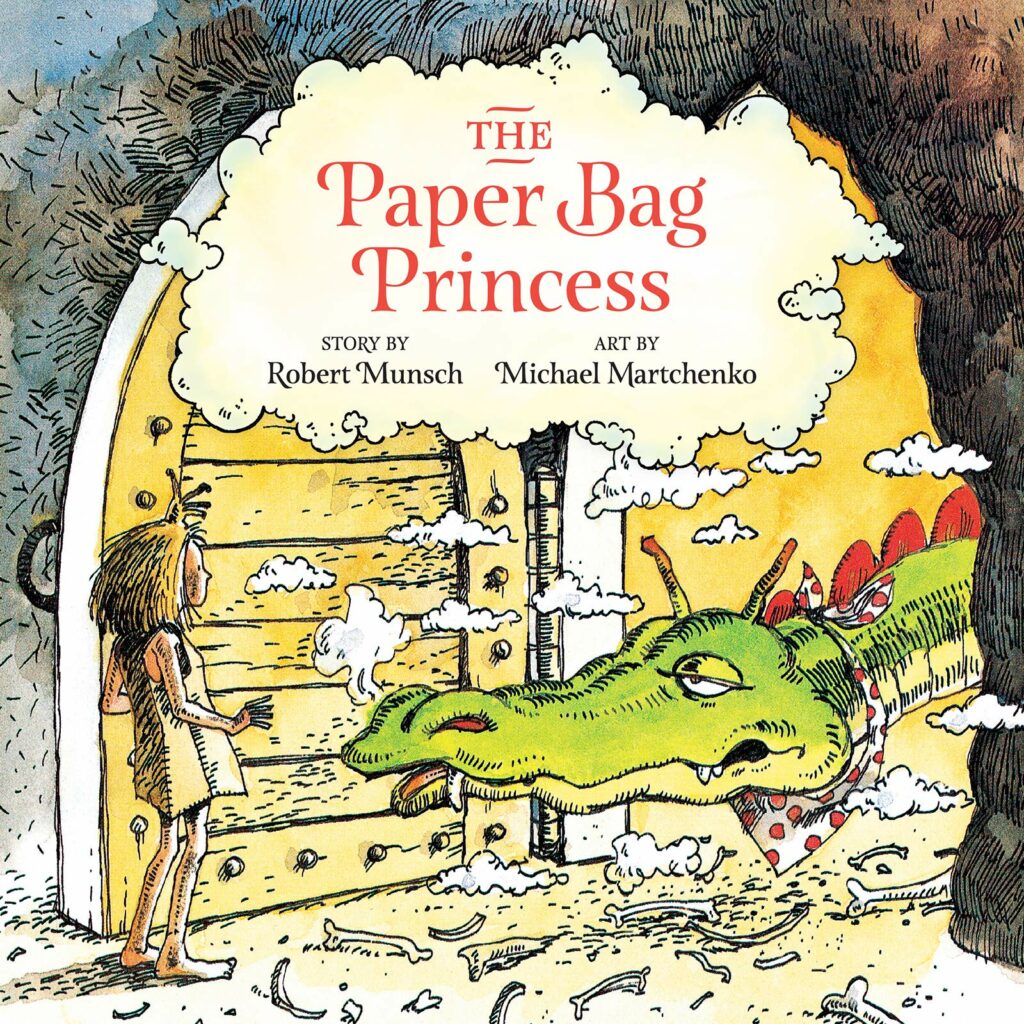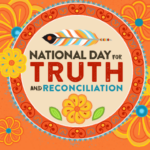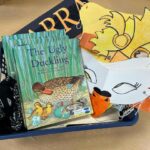What?

In the book, “Sometimes Reading is Hard” by Robin Bright, the author shares comprehension strategies to inspire a lifelong love of reading. In chapter 3, she describes the use of story vines to practice retelling a story in a way that will develop students’ reading skills, fluency, public speaking skills, art, and comprehension.
The author was inspired by reading consultant Marlene McKay, who shared that story vines are “based on an old African tradition of storytelling and can be used to develop language and support reading and writ-
ing across the curriculum” (92, Bright).
So What?
Story vines allow students to express their creativity and retell a story in their own words. In order to make a story vine, students choose a story to read and
represent the main points of the story by choosing visuals that will help them remember the sequence of the story. The culmination of the story vine is to share it with a group of their peers.
This strategy:
• develops students’ understanding of story and sequence
• introduces students to new vocabulary
• links visual imagery with reading
• develops fluency in reading and talking
(93, Bright)

For example, our class created story vines and I chose the book The Paper Bag Princess by Robert Munsch. We were given many craft materials to create our story vines and were given the liberty to choose the elements and sequence of the story. The first step was to braid yarn to make a sturdy backdrop for the visual elements. The next step was to choose what we wanted to display on the story vine in order to be able to retell the story to a group without using the hard copy of the book as a guide. It was interesting to see the variety of objects and sequential order that various students chose. Each story vine was unique and creative.
Now What?

I think this strategy is a wonderful way to improve oral and reading fluency! It definitely takes planning and preparation on the part of the teacher, and it would be beneficial to ask for donations from home prior to the activity to supplement the materials on hand. I will definitely be using this strategy in my future practice to help students express their creativity, practice their public speaking skills and foster their love of reading!




